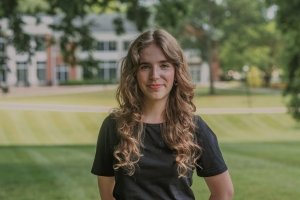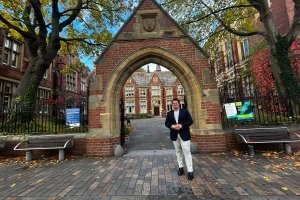Research in action: Meet the 2024-25 John C. Young scholars
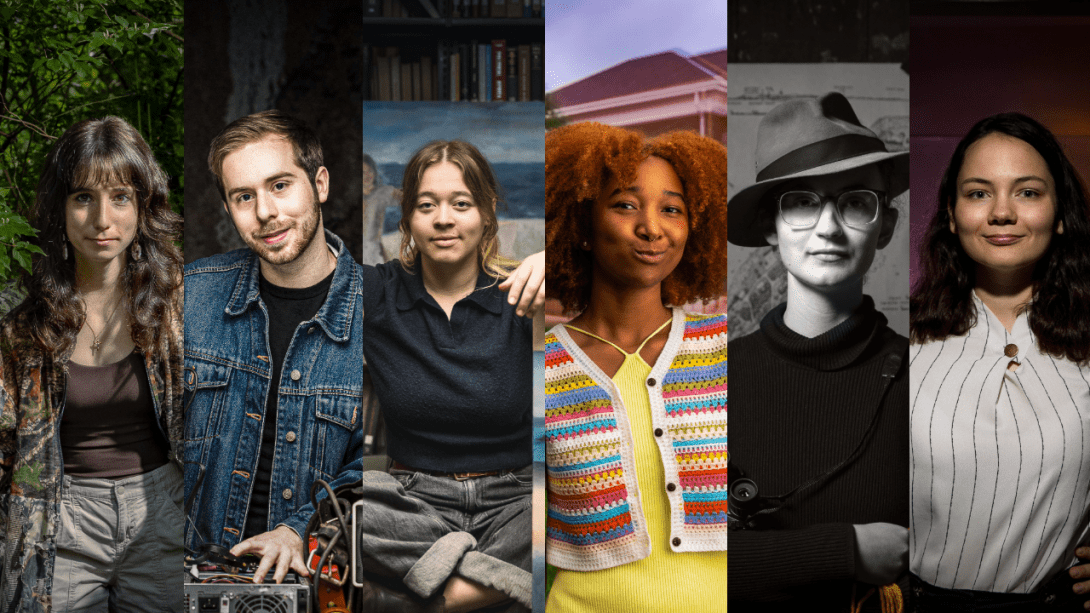
The John C. Young program at Centre is designed to encourage highly motivated seniors to engage in independent study, research, or artistic work in their major discipline or an interdisciplinary area of their choosing.
Last year, six students were selected to undertake year-long projects for the 2024–25 academic year. With guidance from faculty mentors, each student has explored a topic of their own design. Learn more about their work below.
Arabella Fowler
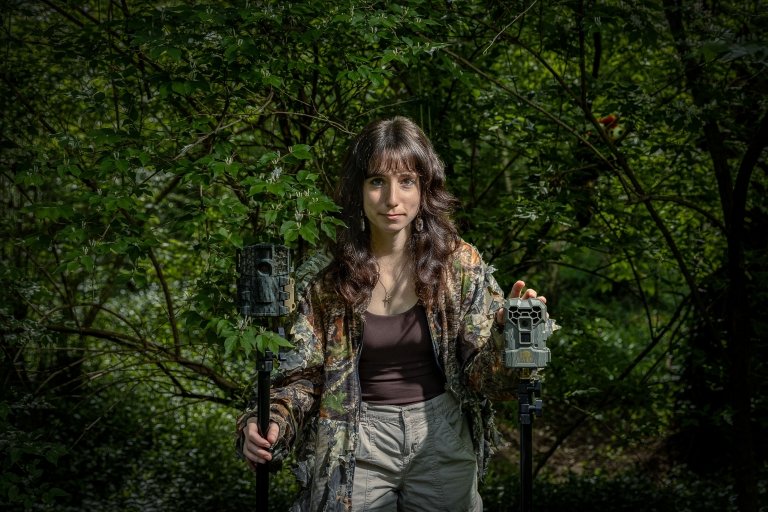
Do ambassador animals enjoy human interaction? One Centre student partnered with the Louisville Zoo to find out.
Arabella Fowler, a biology and history double major from English, Indiana, has always loved animals. Through Centre College’s John C. Young Scholars Program, she designed and led an independent research project examining how red panda ambassadors respond to interactions with visitors. Working alongside her faculty mentor, neuroscience professor Melissa Burns-Cusato, Arabella proposed the project to the Louisville Zoo after learning about the launch of its red panda feeding experience.
Through her research, Arabella developed technical skills such as data coding and behavioral analysis, as well as the ability to communicate scientific ideas to the public. “It’s helped me explain what I’m doing and why it matters to people who aren’t in the research world,” she says. “That’s such an important skill.”
Tyler Kinney
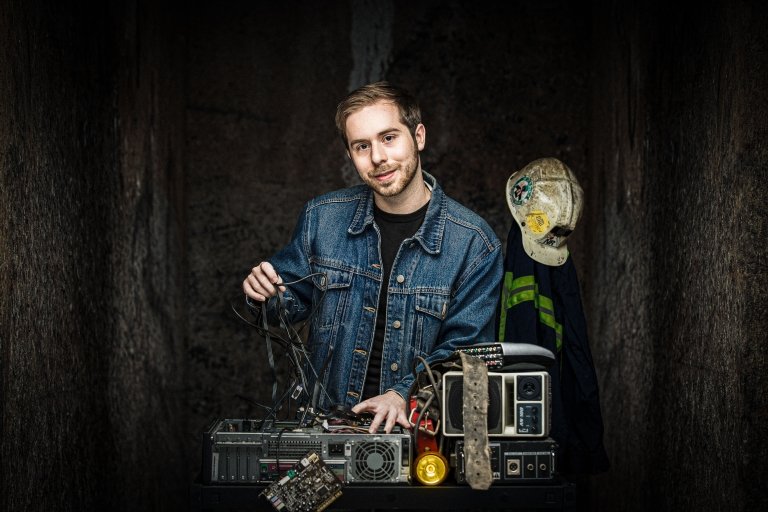
For Tyler Kinney, growing up in Ashcamp, Kentucky, coal wasn’t just an industry; it was a way of life. His family worked in the mines, and school events were centered around coal culture. “When I was little, instead of a science fair, we had a coal fair,” he recalls. “It was hard to separate life from the idea of coal.”
Through the John C. Young Scholars program, he has been able to conduct research that hits close to home: analyzing how new green energy investments — spurred by the 2022 Inflation Reduction Act — are impacting formerly coal-dependent communities like his own.
“I’ve worked with professors in labor economics, econometrics, data analytics — each one helping me figure out how to ask better questions and get real answers,” he says. “That personal mentorship is part of what makes Centre special."
Tyler sees his own life — his community and his family — reflected in the data. “This project affects me and my family,” he says. “It’s real. It’s not arbitrary. I feel like I’ve come full circle.”
Lauren Alanna Marchbanks
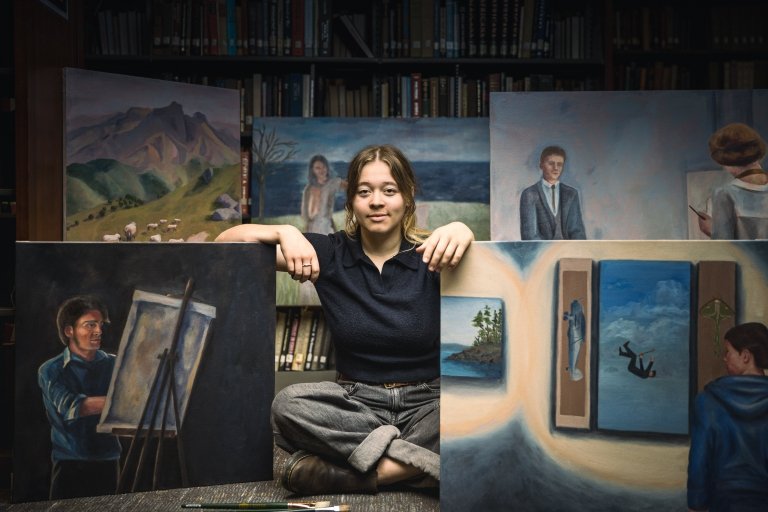
For Lauren Alanna Marchbanks, the John C. Young Scholars program offered something rare: the chance to fully merge her two passions — literature and painting — into one immersive, year-long creative research experience.
A Studio Art and English double major from San Luis Obispo, California, Lauren explored 19th- and 20th-century novels and short stories featuring painters as central characters. But her project didn’t stop at literary analysis. With guidance from faculty mentors, she translated her research into a series of original oil paintings, each one shaped by her interpretation of these fictional artists and their place in the story.
“At first, I was painting moments from the text,” she said. “But over time, I started creating more holistic portraits — how the character felt to me, what they represented in the narrative.”
The John C. Young experience pushed Lauren to develop not only her skills as a painter but also her ability to think across disciplines and fully commit to a project that was both personal and academically rigorous. “It’s been all-consuming in the best way,” she said. “I’ve never had this much time and space to grow as an artist.”
Gabrielle McMahon-Csaki
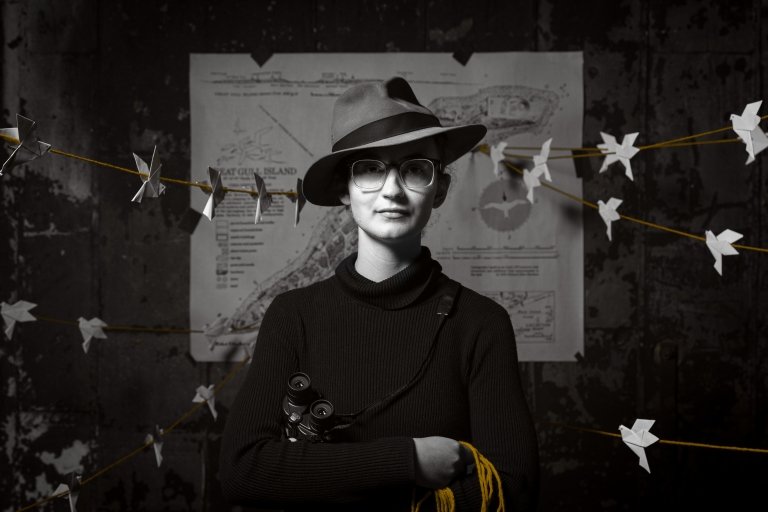
What can seabirds tell us about climate change? Gabrielle McMahon-Csaki wanted to find out.
As an Environmental Studies and English double major, Gabrielle had long been interested in the intersection of science, storytelling and conservation. Through her year-long John C. Young project, she found a way to bring those threads together.
Her research focused on common terns — a migratory seabird known for its long journeys and tight-knit nesting colonies. With access to three decades of data from Great Gull Island, New York, Gabrielle examined how global warming might be physically altering these birds, noting subtle yet significant changes in body size over time.
The project took her beyond the classroom and out into the field — literally. She spent two weeks living on the island, camping alongside a field crew and witnessing the birds’ behavior firsthand.
“The JCY program gave me the time, support and scope to take on something I never could have done in a single semester,” said Gabrielle. “It pushed me as a researcher and connected me with faculty mentors across disciplines.”
Kasey Montgomery

For Kasey Montgomery, the John C. Young Scholars program provided a space to weave together her passions for anthropology, sociology, and social justice into a single, transformative project. Kasey — an Anthropology & Sociology major on the pre-med track from Clayton, California — asked a vital question: what is “Black imagination” and how can it function as a tool for bridging differences and creating community in our democratic society?
Her approach was twofold. She first dove into literature, tracing threads of Black imagination through the works of Afrofuturism, Afrosurrealism, and Black feminist thought. She then shifted to media — analyzing and working to create video essays that blend academic rigor with popular engagement. Video essays, she argues, “offer a communal space for critical exploration,” making abstract concepts accessible and fostering solidarity across difference.
The John C. Young experience was more than independent research, it was deep mentorship and interdisciplinary collaboration. Meeting bi-weekly with her English mentor, Philip White, and consulting faculty across campus, Kasey found guidance at every turn. “Having someone to challenge and cheer me on,” she reflects, “helped me shape a project that felt both personally authentic and academically robust.”
Kasey emerged from her yearlong journey with a grounded definition of Black imagination — and a renewed sense of purpose. As she prepares for medical school, she carries forward a lesson from her research: apply your unique perspective boldly, even when you don’t yet feel fully “qualified.” That leap, she believes, is where real growth — and real community care — begins.
An Zainetdinova
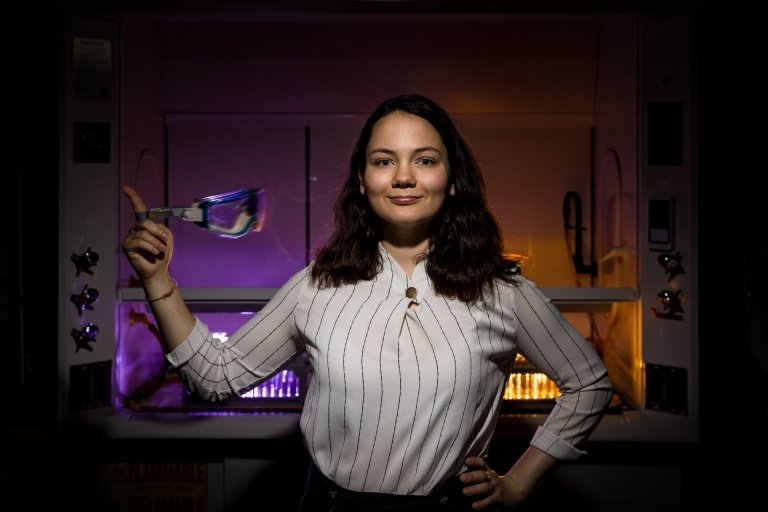
What does it feel like to pursue a year-long research project that pushes your limits — and actually works?
For biochemistry and molecular biology major An Zainetdinova, the John C. Young Scholars program was more than a chance to study potential cancer treatments. It was a deep dive into what it means to be a scientist. “I think the most important part of this project was the support I received from my mentors,” An said. “They let me explore on my own, but also guided me when I needed it. That balance was everything.”
An’s project focused on a light-activated cancer treatment using specialized molecules that only become toxic when exposed to light. That means doctors could target cancer cells precisely, leaving healthy cells untouched and reducing harmful side effects. But making those molecules wasn’t easy. Some took weeks — or even months — to get just right. One particularly stubborn compound refused to cooperate until An discovered the missing ingredient: nitrogen gas. “It felt like magic when it finally worked!”
An’s biggest takeaway from the year? Confidence. “This project taught me that science is unpredictable, but perseverance pays off. I know now that I can do hard things.”
An is off to grad school next — but An’s research? It’s just getting started.

